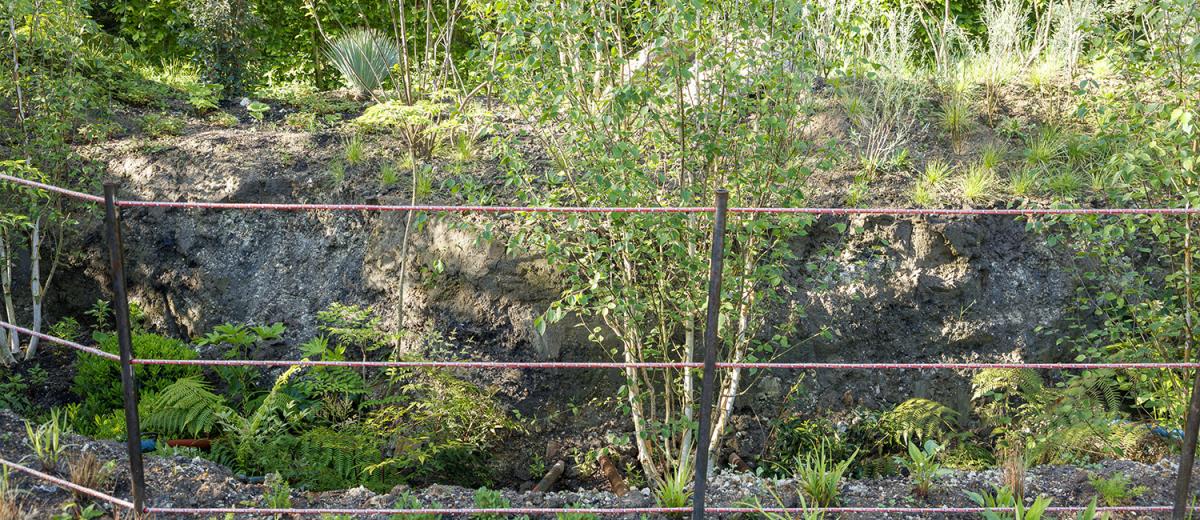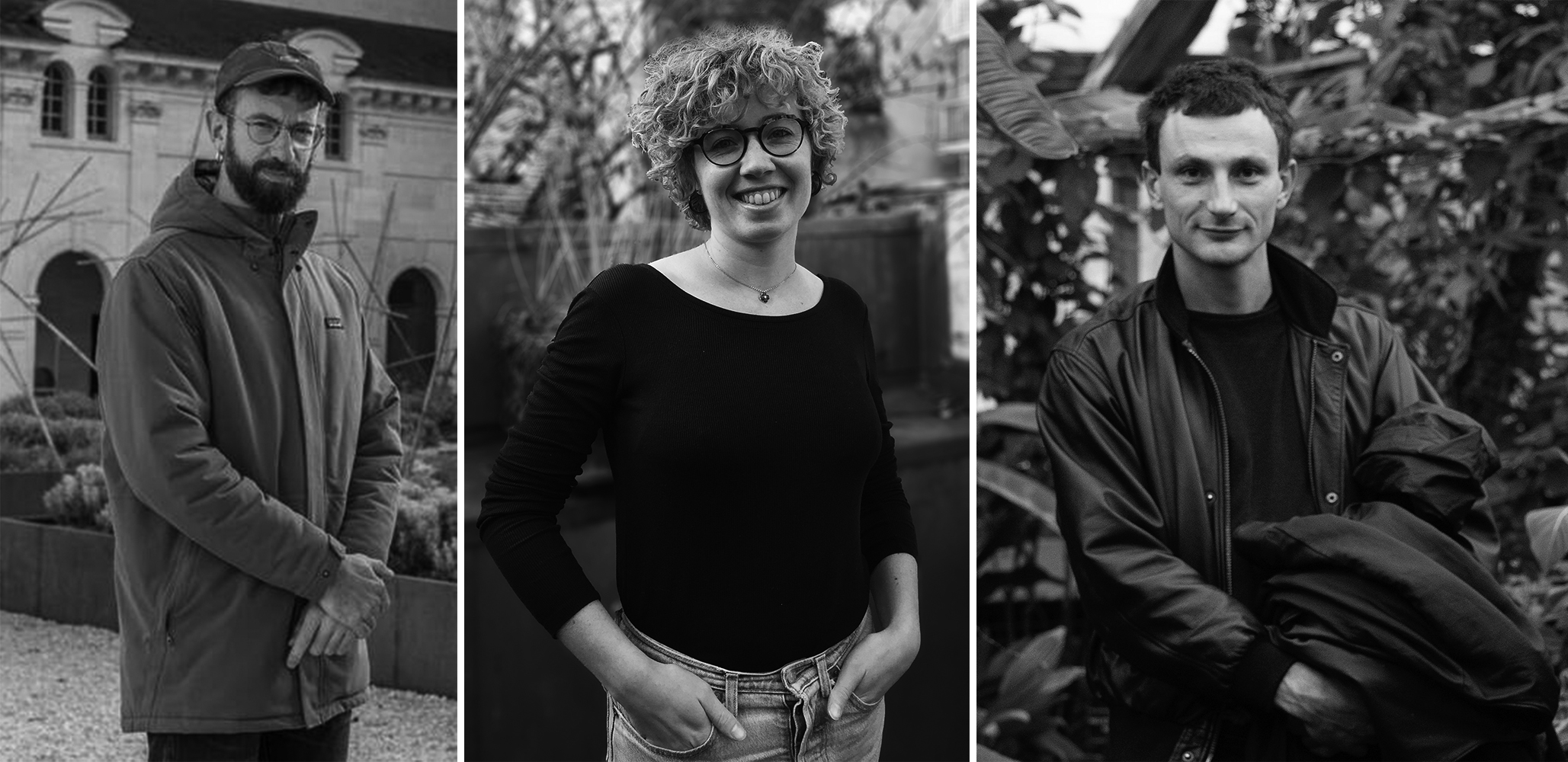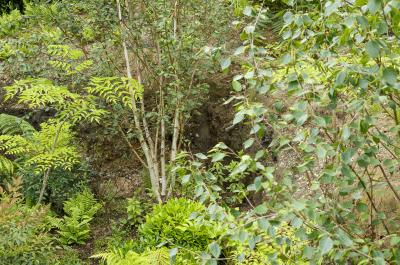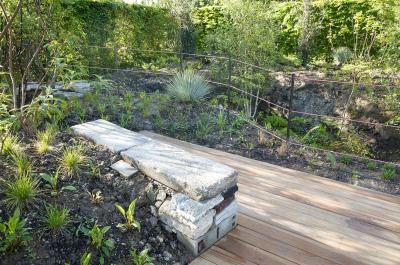21. Polémoflore
Awarded on the 12th of June 2024 by a jury of professionals renowned in the world of garden art

DESIGNERS

Baptiste Miremont was born in 1986 and lives in Bagnolet. Before becoming a landscaper, he was a writer for the television and media, and a market gardener and horticulturist in California. He has two Master’s degrees in modern history (Paris IV - Sorbonne) and landscape theory and scientific ecology (Agroparistech - École Nationale Supérieure du Paysage Versailles), and he approaches his gardens much like a narrative whereby the shapes, materials and the living interact with one another. Baptiste Miremont is a project manager at Atelier Coloco, a Parisian landscaping company that works in partnership with Gilles Clément and Camille Muller. He enjoys taking on the challenges that have to be faced in the urban environment and this is where the majority of his projects take place. Thanks to his expertise in the technical, regulatory and political requirements of urban areas, he takes on this balancing act of developing projects in which he hopes that abundant plant life will help the world return to a more natural state in a distant yet necessary future. He is passionate about botany and strives to combine plant species that are visually pleasing, local and take into account the issue of climate change. As well as his work at Atelier Coloco, Baptiste Miremont also creates gardens for private individuals and festivals. He often works with Orlando Clarke and they collaborate on far-reaching proposals that combine gardening practices, environmental remediation and traditional construction techniques.
“After studying to be an architect and a year in Brazil, I decided to change paths and become a landscaper to work with the living, creating for the end user. As I developed my skills at Atelier Coloco, I broadened my knowledge of soils, plants, landscape dynamics and projects that combine fauna, flora and people. Fully aware of the issues regarding the climate, I work hard to develop the right balance of needs between biodiversity and users, protecting the soils and safeguarding the dynamics of living organisms. I graduated in landscape design from the École Nationale Supérieure de Paysage de Versailles, and in my work I now bring together a range of design methods and the necessity to take into consideration future challenges and the impacts my projects can have. I very much believe in teamwork and I enjoy combining expert know-how to design and build projects that are in line with the context, and that are the result of a collaborative thought process. I am keen on large-scale territorial projects, and for me the garden is an opportunity to develop a mindful, demonstrative and highly visual approach. I combine garden design and collaborative art, always looking to call into question my approach in terms of the uses, issues and needs around me. Polémoflore is the result of teamwork, and the confirmation of a clear position on the future of soils devoted to the garden over and above construction.”
Orlando Clarke is an artist who was born in 1990 and lives in Marseille. He was attracted to art and materials even as a young child, and decided to study glass-blowing techniques, graduating with his BMA diploma in 2008. He left his studies in art history and archaeology in 2013 to devote his time to casting statuary art and obtained a professional qualification at Atelier 960 in the French department of Var. This was the beginning of his technical career and he went on to work on projects that were extremely varied, including facsimiles of historic bronze statues, gilded using the process of electroplating, dinosaur fossils from the Cretaceous period, and cathedral bells. He has also created moulds for the factories in Couleuvre and Carron, took part in casting the Monument in tribute to the black army, and worked on the moulding and design for the New Worlds project at Mana Art Centre in French Guiana for several months. Alongside these projects, he also works with dry stone, a construction technique that does not use mortar or a binder, and has been training people from all sorts of backgrounds in this profession since 2012. He is involved in several large-scale projects, including the restoration work for the terraces of Montmajour abbey, commissioned by the French National Monuments Centre. Thanks to this cross-disciplinary approach to his work, he is able to combine technical expertise with his passion for literature in his artistic approach. He is very much influenced by construction and spatial planning and uses formal language and discursive arguments to describe architecture in his series Études monuments, in which he makes a mockery of his subject using different scales, materials and combines absurd proverbs with poor quality graphics. At the same time, he has been working in partnership with Baptiste Miremont for a long time now on installations that are situated somewhere between environmental remediation, engineering and landscaping.



